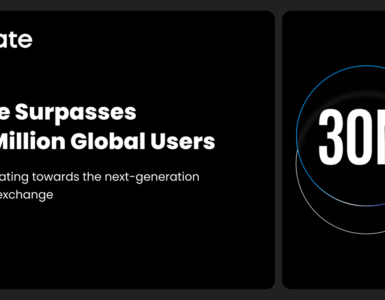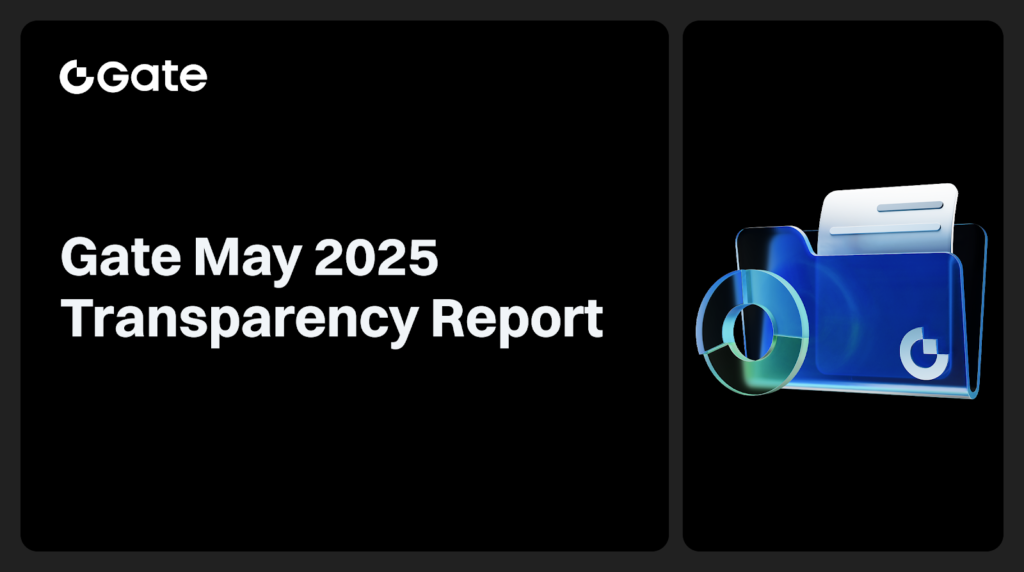In today’s digital age, ensuring the integrity and transparency of voting systems is of utmost importance. Traditional voting methods have often faced challenges such as fraud, manipulation, and lack of transparency. However, with the advent of blockchain technology, a new era of transparent voting has emerged. In this article, we will explore the concept of transparent voting, understand the role of blockchain technology, discuss its benefits, examine real-world case studies, address the challenges and limitations, and explore the future implications of this groundbreaking technology.
Understanding Transparent Voting
Definition of Transparent Voting
Transparent voting refers to a voting system that enables full visibility and traceability of the entire voting process. It ensures that each vote is accurately recorded, securely stored, and easily auditable by both voters and relevant authorities. Transparent voting aims to eliminate the vulnerabilities associated with traditional voting systems, such as ballot tampering and result manipulation.
The Importance of Transparent Voting
Transparent voting plays a vital role in upholding the principles of democracy and ensuring fair elections. It enables citizens to have confidence in the voting process and trust that their votes will be accurately counted. By providing transparency, it promotes accountability and helps in detecting and preventing any fraudulent activities that may compromise the integrity of the elections.
The Role of Blockchain Technology
What is Blockchain Technology?
Blockchain technology is a decentralized, distributed ledger system that securely records and verifies transactions. It is the underlying technology behind cryptocurrencies like Bitcoin but has expanded its applications to various sectors, including voting systems. In a blockchain, transactions are grouped into blocks, which are linked together using cryptographic hashes, forming an immutable chain of data.
Advantages of Blockchain Technology

Blockchain technology offers several advantages that make it suitable for transparent voting systems:
- Enhanced Security and Integrity: The decentralized nature of blockchain ensures that no single entity can manipulate or alter the recorded votes. Each vote is cryptographically secured, making it extremely difficult for unauthorized parties to tamper with the data.
- Immutable and Tamper-Proof Records: Once a vote is recorded on the blockchain, it becomes a permanent part of the chain. The decentralized consensus mechanism ensures that any attempt to modify or delete a vote would require an overwhelming amount of computational power, making it practically impossible.
- Increased Transparency and Trust: Every transaction recorded on the blockchain is visible to all participants, creating a transparent and auditable system. Voters can independently verify their votes, and any suspicious activities can be easily identified, enhancing trust in the voting process.
Benefits of Transparent Voting with Blockchain
- Enhanced Security and Integrity: Blockchain technology provides a robust security framework that protects the voting process from external threats. With its decentralized architecture and cryptographic protocols, the chances of unauthorized access, vote manipulation, or data breaches are significantly reduced. This ensures that the voting results are accurate and reliable.
- Immutable and Tamper-Proof Records: By leveraging blockchain, voting records become immutable and tamper-proof. Each vote is time-stamped, encrypted, and linked to the previous blocks, creating a chain of unalterable information. This feature eliminates any possibility of altering or deleting votes, providing an auditable and transparent voting system.
- Increased Transparency and Trust: Blockchain enables a high level of transparency in the voting process. Since all transactions are recorded on a public ledger, voters can independently verify the accuracy of their votes. Additionally, stakeholders such as election officials, candidates, and observers can monitor the voting process in real-time, ensuring fairness and reducing distrust.
- Improved Accessibility: Transparent voting with blockchain has the potential to increase accessibility to the voting process. With online voting platforms built on blockchain, voters can securely cast their votes from anywhere, reducing barriers such as geographical constraints or physical disabilities. This inclusivity strengthens democratic participation.
- Faster Results: The use of blockchain technology can expedite the vote counting process. Since votes are recorded digitally and automatically, the time-consuming manual counting is eliminated. This not only reduces the overall time required to announce election results but also minimizes the chances of human error in the counting process.
Case Studies of Transparent Voting with Blockchain
- Estonia’s E-residency Program: Estonia has been a pioneer in implementing transparent voting through blockchain technology. The country introduced its e-residency program, which allows citizens to vote securely online. The blockchain-based voting system ensures that votes are accurately recorded and that the process remains transparent and tamper-proof. This innovative approach has increased accessibility, convenience, and trust in the voting process.
- West Virginia’s Blockchain-Based Voting: West Virginia in the United States has also embraced blockchain technology for voting. In 2018, the state conducted a pilot project where military personnel stationed overseas could vote using a mobile voting platform built on blockchain. This initiative aimed to improve accessibility, enhance security, and increase transparency in the voting process. The blockchain technology provided a secure and verifiable voting system, ensuring that votes were recorded accurately and securely.
- Sierra Leone’s Presidential Elections: In 2018, Sierra Leone became one of the first countries to adopt blockchain technology in their presidential elections. The country partnered with a blockchain startup to provide a transparent and tamper-proof voting system. The blockchain-based platform ensured that the voting process was free from fraud and manipulation. This initiative showcased the potential of blockchain to enhance trust and integrity in elections, particularly in regions with a history of electoral challenges.
Challenges and Limitations
Despite the promising potential of transparent voting with blockchain, several challenges and limitations need to be addressed:
Technical Challenges
Implementing a blockchain-based voting system requires technical expertise and infrastructure. The scalability of blockchain networks, transaction speed, and data storage requirements are some technical challenges that need to be overcome for large-scale adoption. Additionally, ensuring the privacy of votes while maintaining transparency poses a significant technical hurdle.
Regulatory and Adoption Challenges
The adoption of transparent voting with blockchain technology faces regulatory hurdles and resistance from traditional voting institutions. Regulations need to be established to govern the use of blockchain in elections, addressing concerns related to privacy, accessibility, and inclusivity. Widespread adoption also requires education and awareness campaigns to familiarize voters and stakeholders with the benefits and functionalities of blockchain-based voting systems.
Overcoming Challenges for Widespread Adoption
To achieve widespread adoption of transparent voting with blockchain technology, the following steps can be taken:
- Collaboration and Partnerships: Collaboration between government bodies, technology experts, and blockchain developers can help address technical challenges and ensure the smooth integration of blockchain into existing voting systems.
- Regulatory Framework: Establishing a clear regulatory framework that addresses privacy concerns, data protection, accessibility, and inclusivity is crucial. This framework should provide guidelines for the secure implementation of blockchain-based voting systems.
- Education and Awareness: Conducting public awareness campaigns, educating voters, election officials, and policymakers about the benefits and functioning of transparent voting with blockchain technology is vital for its acceptance and adoption.
Future Implications and Possibilities
The future implications of transparent voting with blockchain technology are vast. As the technology evolves and gains wider acceptance, it has the potential to revolutionize voting systems globally. Transparent voting can enhance democracy by providing secure, transparent, and auditable elections, ensuring the will of the people is accurately reflected.
Conclusion
Transparent voting with blockchain technology offers a promising solution to the challenges faced by traditional voting systems. By leveraging the inherent features of blockchain, such as security, transparency, and immutability, the integrity of the voting process can be significantly enhanced. Despite the challenges, efforts to adopt blockchain for voting are underway, and the future holds immense possibilities for transparent and trustworthy elections.
FAQs
Is blockchain technology completely secure for voting?
Blockchain technology provides a high level of security for voting systems. Its decentralized nature and cryptographic protocols make it difficult for unauthorized parties to manipulate the data. However, like any technology, it is not completely immune to attacks, and continuous efforts are required to ensure its security.
Can blockchain-based voting systems be hacked?
Blockchain-based voting systems have robust security measures in place, making it extremely difficult to hack. The decentralized nature of blockchain and cryptographic algorithms make it highly secure. However, no system is entirely hack-proof, and continuous monitoring and improvement are necessary to mitigate potential vulnerabilities.
How does transparent voting improve democracy?
Transparent voting enhances democracy by providing a secure, transparent, and auditable voting process. It ensures that each vote is accurately recorded and that the results reflect the will of the people. By increasing transparency, it promotes trust in the electoral process and strengthens democratic institutions.
Can blockchain-based voting systems ensure voter privacy?
Blockchain-based voting systems can be designed to ensure voter privacy. By utilizing cryptographic techniques, voter identities can be protected while still maintaining transparency and integrity in the voting process. Ensuring voter privacy is a crucial aspect that needs careful consideration and implementation.
Are there any countries using blockchain for voting on a large scale?
While several countries have explored the use of blockchain for voting, the implementation on a large scale is still limited. Estonia is at the forefront, with its e-residency program utilizing blockchain for secure online voting. Other countries, including the United States, Switzerland, and South Korea, have also conducted pilot projects to test blockchain-based voting systems.













